How To Say Hello In Arabic With Response
Advertisements
Welcome to the world of Arabic! As you begin to learn this beautiful and rich language, one of the first things you’ll want to know is how to say hello in Arabic.
In Arabic, there are many different ways to greet someone, depending on the time of day, the formality of the situation, and your relationship with the person you’re speaking to.
How To Say Hello In Arabic?
The common Arabic word for hello is written as مرحباً and the pronunciation is marḥaban. This greeting is used in both formal and informal situations, and is equivalent to saying “hello” or “hi” in English. It’s a casual greeting that can be used in most situations.
It is also the simplest type of greeting that is used across the Arabic speaking world.
The response is adding بِك (bika) which can means welcome and can be conjugated as:
Advertisements
- Welcome (male) مَرْحَباً (بِكَ) marḥaban bika
- Welcome (female) مَرْحَباً (بِكِ) marḥaban biki
- Welcome (2 males or females) مَرْحَباً (بِكما) marḥaban bikuma
- Welcome (masculine plural) مَرْحَباً (بِكم) marḥaban bikum
- Welcome (feminine plural) مَرْحَباً (بِكن) marḥaban bikunna
Learn How To Say No In Arabic
Here are a few common ways to say hello in Arabic:
Assalamu alaikum
“As-salāmu ʿalaykum” (السلام عليكم) – is perhaps the most common way to greet someone in Arabic. It means “peace be upon you,” and is used as a general greeting in most situations.
It’s important to note that the response to this greeting is “wa ʿalaykum as-salām” (وعليكم السلام), which means “and upon you be peace.”
Assalamu alaikum is an Islamic Arabic greeting that means “peace be upon you.” It is often used as a greeting among Muslims and is a common phrase spoken in Muslim-majority countries.
Advertisements
The greeting is an expression of goodwill and a way to wish peace upon someone. It is often used as a way to initiate a conversation or to show respect to someone. In some Muslim cultures, it is customary to use the greeting when entering a room or meeting someone new.
The greeting is typically followed by the response “wa alaikum assalam,” which means “and upon you be peace.”
The phrase “assalamu alaikum” is derived from the Arabic word “salam,” which means peace.
It is also related to the word “Islam,” which is derived from the same root. The greeting is a reminder of the importance of peace and harmony in the Islamic religion.
Response
The response to this greeting is “wa alaykum as-salaam,” which essentially means “and also with you.”
- Wa alaikum as-salaam وعليكم السلام and upon you peace
- Wa ’alaikum as-salaam wa raHmat alaah wa barakatu وعليكم السلام ورحمة الله وبركاته may peace, God’s mercy, and blessings be upon you, too.
Learn more about assalamu alaikum and the response, Wa alaikum salaam.

Ahlan wa sahlan
Ahlan wa sahlan (أهلا وسهلا) – This greeting means “welcome,” and is often used when greeting someone for the first time or when welcoming someone into your home.
The phrase is made up of two words: “ahlan,” which can be derived from ahl means “family,” and “sahlan,” which means “ease” or “comfort.”
Together, the phrase conveys a sense of warmth and hospitality, expressing the speaker’s desire to make the person they are greeting feel at home and comfortable.
Ahlan wa sahlan is a widely used greeting throughout the Arab world, and is often accompanied by a handshake or a hug, depending on the relationship between the two people and the cultural norms of the region.
In addition to being used as a greeting, the phrase “ahlan wa sahlan” can also be used to introduce someone to a group or to show appreciation for their presence.
For example, if a guest arrives at a gathering, the host might say “ahlan wa sahlan” to welcome them and make them feel included.
The response to this greeting is typically “ahlan bik” (أهلا بك), which means “welcome to you.”
It can also be conjugated as:
- Ahlan bika أهلا بِكَ – Welcome to you (addressing a male)
- Ahlan biki أهلاً بِكِ – Welcome to you (addressing a female)
- Ahlan bikuma أهلاً بِكما Welcome to you (addressing two males or females)
- Ahlan bikum أهلاً بِكم – Welcome to you (addressing a group of men)
- Ahlan bikunna أهلاً بِكن Welcome to you (addressing a group of female)
In addition to these greetings, there are many other ways to say hello in Arabic depending on the context and the region you are in.
For example, in some parts of the Middle East, it’s common to use “sabaah al-khayr” (صباح الخير) to greet someone in the morning, which means “good morning.”
The response to this greeting is typically “sabah an-nur” (صباح النور), which means “morning of light” or SabaH il-ward صباح الورد – morning of roses.
“Masāʾ al-khayr” (مساء الخير) – This greeting means “good evening,” and is used to greet someone in the evening.
The response to this greeting is typically “masāʾ an-nur” (مساء النور), which means “evening of light.”
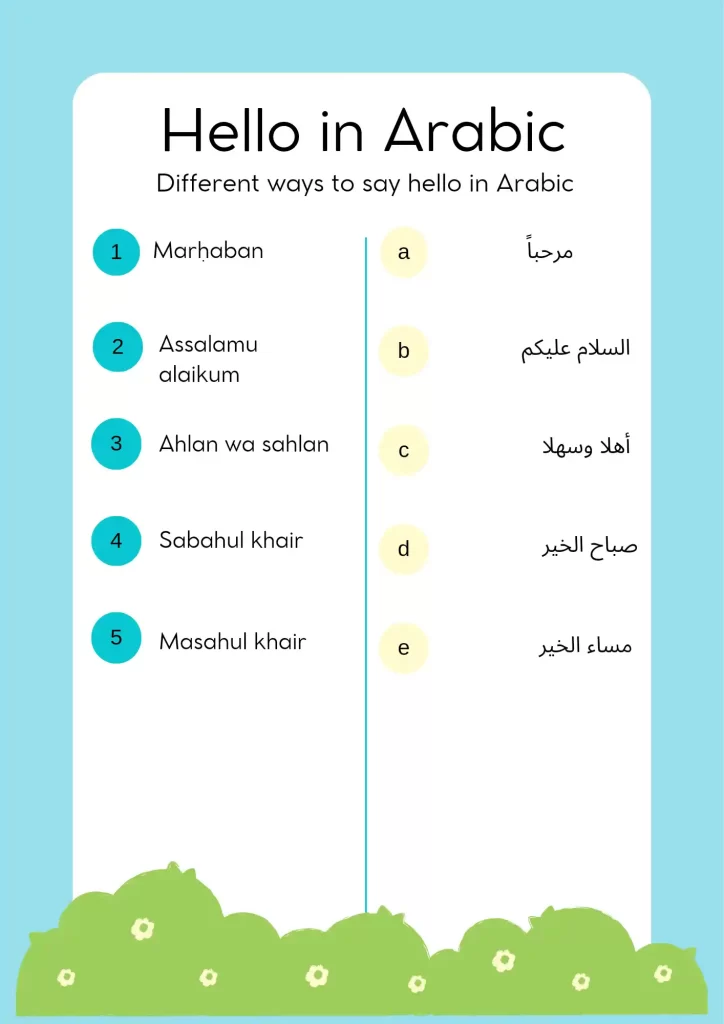
It’s important to remember that Arabic is a language with many dialects, and greetings can vary from region to region. However, these are some of the most common ways to say hello in Arabic, and should be understood by most speakers of the language.
It’s always a good idea to be mindful of cultural norms and to greet people in a way that is appropriate for the situation. With these basic greetings under your belt, you’ll be well on your way to connecting with people in the Arabic-speaking world.
I hope you found this blog post helpful and that you feel more confident about greeting people in Arabic.
Remember to be respectful and to take the time to learn more about the culture and customs of the place you are visiting. Happy greeting!
Advertisements

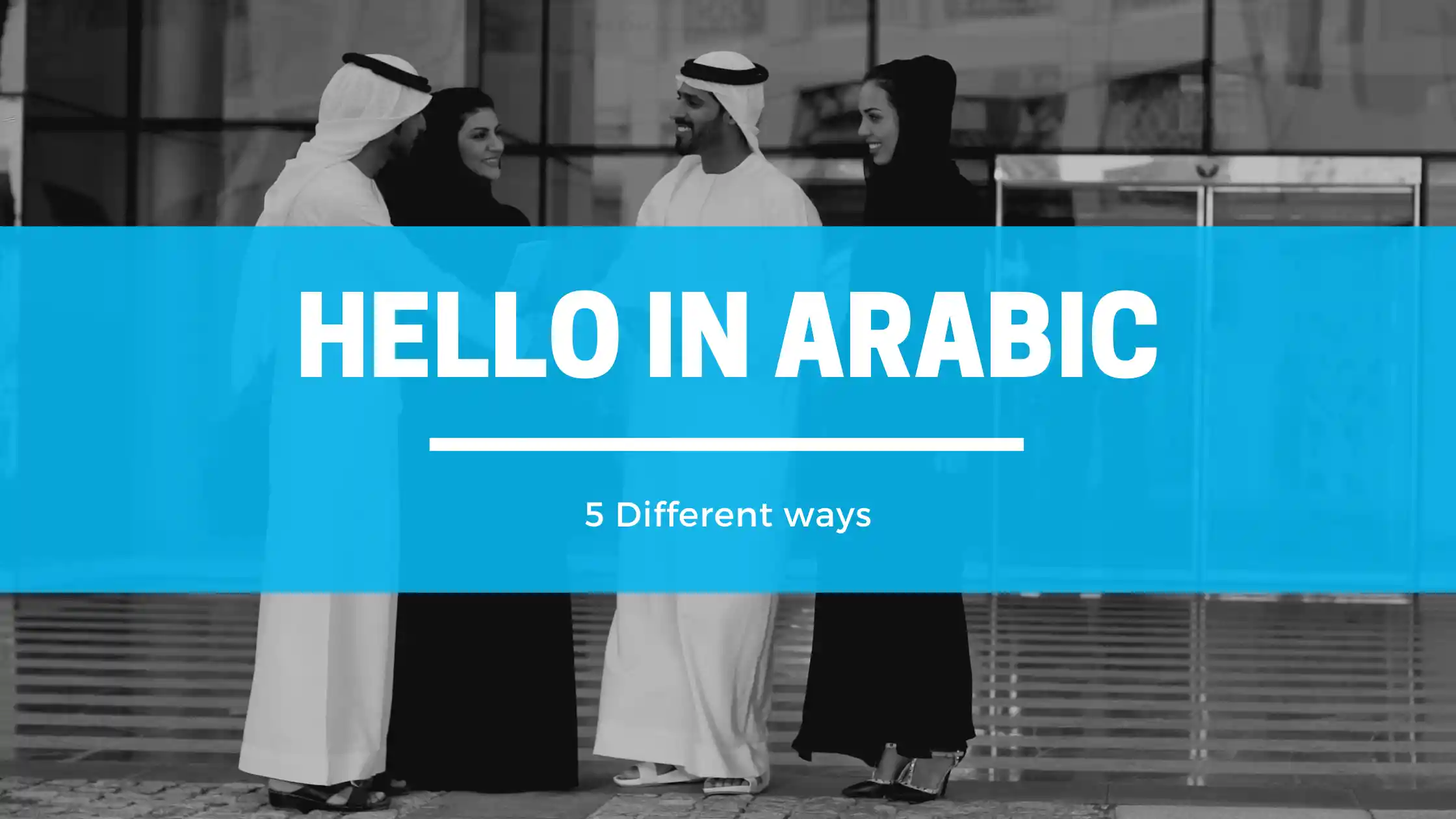


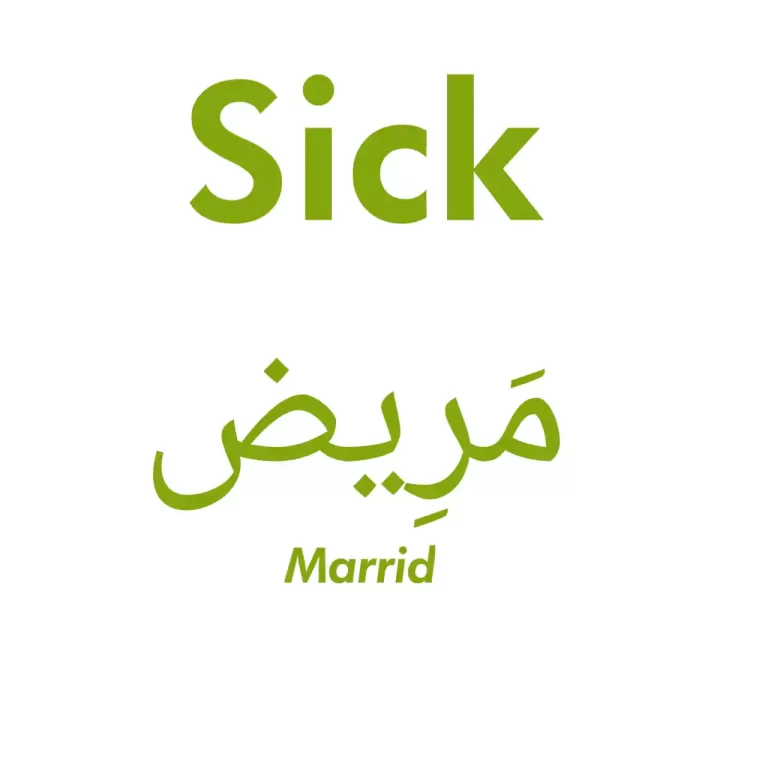
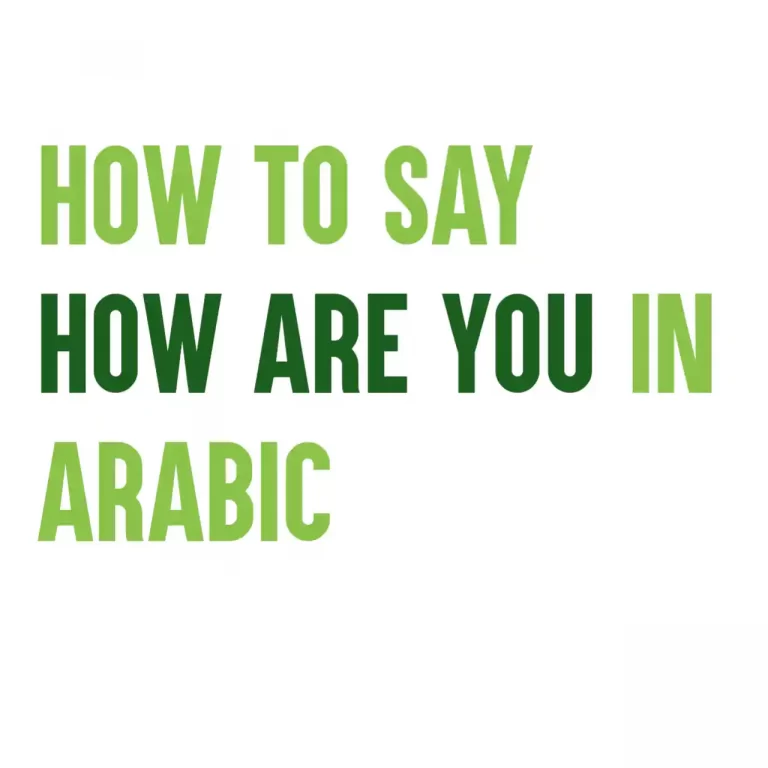
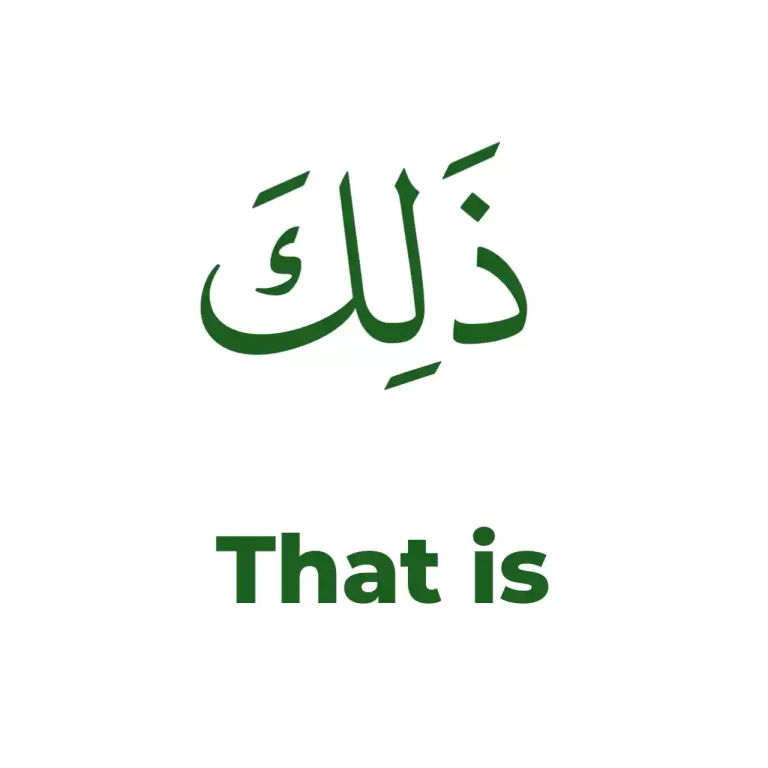
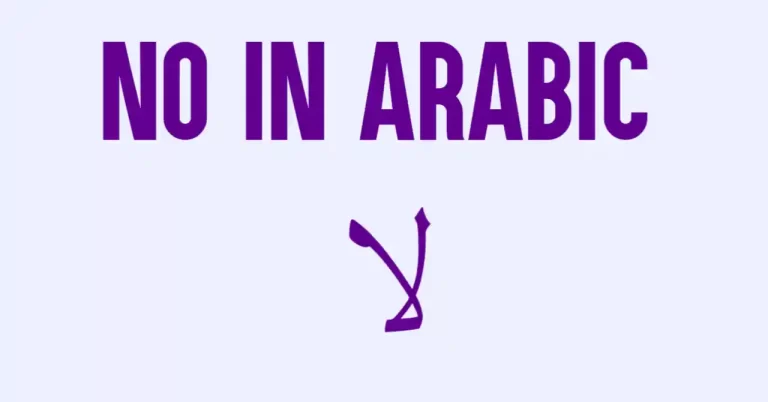
One Comment